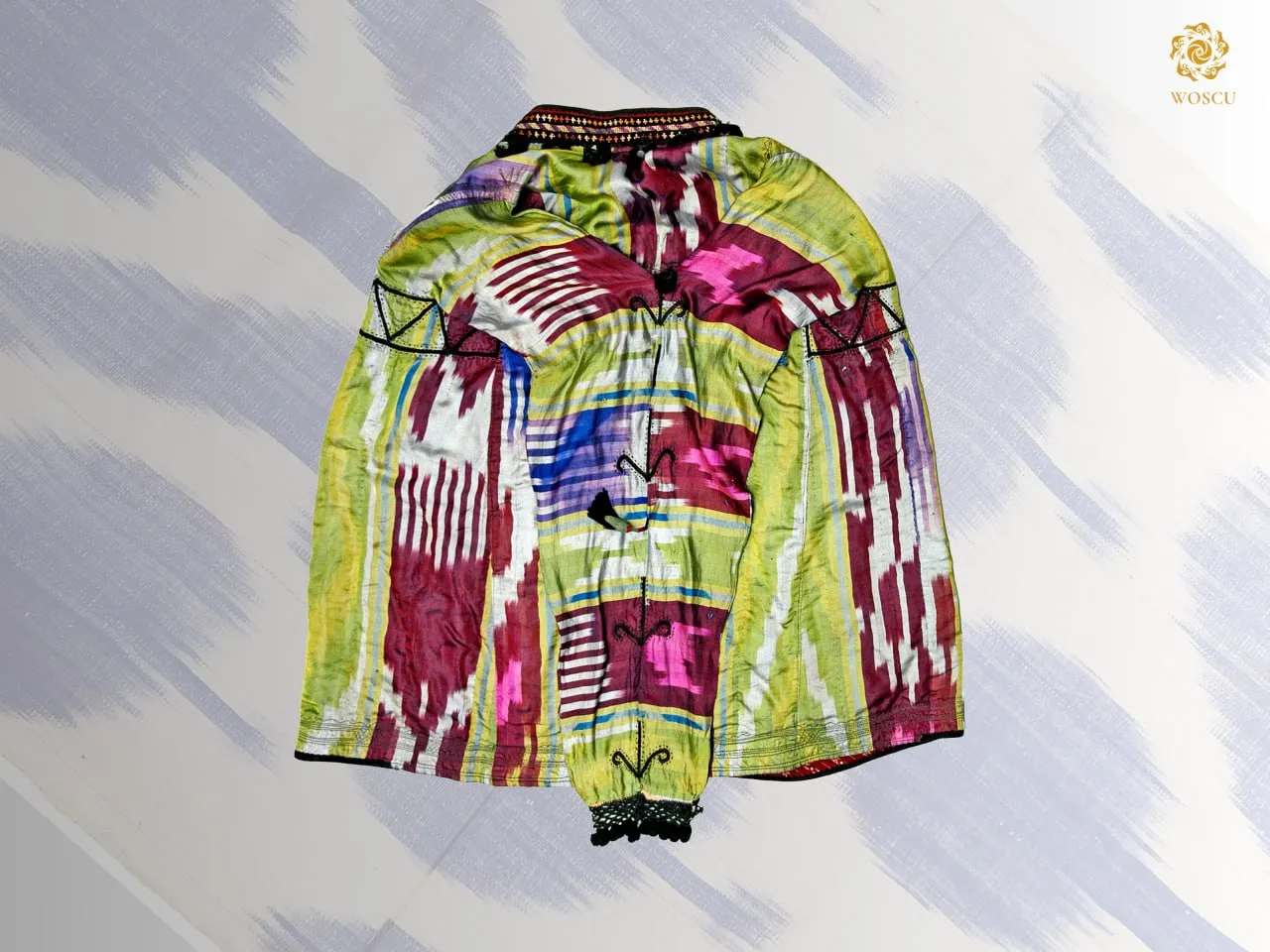
“False sleeves” hung down the back. It was a style worn mainly in cities, produced in different lengths using various techniques. Paranjas made with ikat were rather rare. This garment is made of pure silk ikat, lined with cotton fabric imported from Russia, and embellished with elabor ate embroidery done with a sewing machine . The “collar” and false sleeves were further decorated with black wool tassels and wool embroidery (kochak motifs).
This example is characteristic of the 1920s. You can see this in the collection of the Saxonian State Collections of Ethnography in Germany. Most of the currently existing Uzbek collection was selected by the Leipzig artist Gerd Thielemann.
You can learn more about the topic in the book-album "Collections of the Federal Republic of Germany" (volume XI) in the series "Cultural Legacy of Uzbekistan in the World Collections".
The main sponsor of the project is the oilfield services company Eriell-Group.
